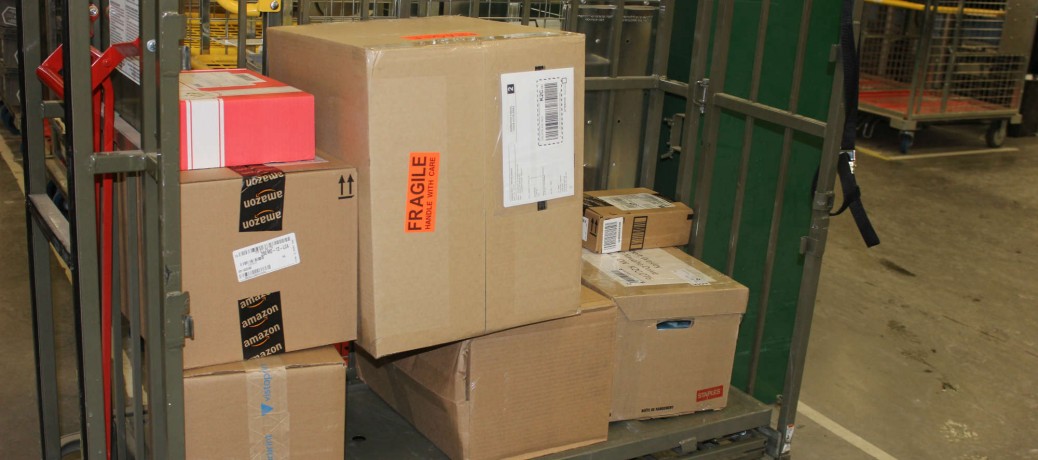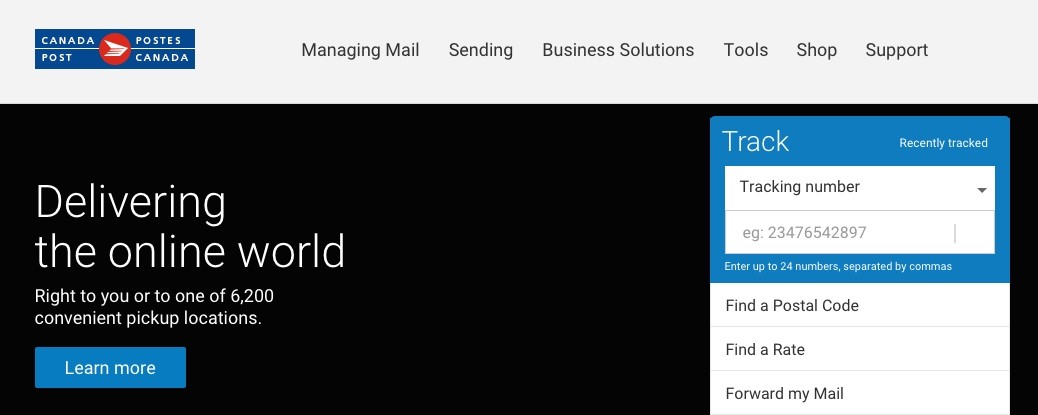Canadian postal mail survival in the digital age
The Canadian postal industry is experiencing monumental shifts. Canada Post’s exclusive control over the collection, transmission and delivery of the nation’s mail is proving to be more of a burden than a privilege. The Conference Board of Canada projects that by 2020, the Crown corporation’s annual losses will reach $1 billion.
While technological advancements had a dramatic impact on Canada Post’s 148-year-old history with the global spread of telephones and fax machines, the Internet has arguably reinterpreted the entire value and future of postal mail.
The changing face of modern communications
Whether on a corporate, governmental or private level, Canadians are changing the ways in which they communicate. Cheaper, faster and widely available online alternatives have outpaced many of the services that once accounted for Canada Post’s lucrative business model. After 16 consecutive years of profitable operations, 2011 marked the organization’s financial downturn when it reported $327 million in before-tax losses.
Four years later, the picture hasn’t improved much. While a significant restructuring allowed Canada Post to end 2014 in the green, the fact remains that Canadian households are sending at most two pieces of mail per month. This is compounded with the popular use of online systems for managing financial statements, invoices and payments among both businesses and customers.
Over the next five years, the Conference Board of Canada predicts that personal mail volumes will drop by as much as 27 per cent. This decline is consistent with international mail traffic numbers, which decreased by 350.9 billion letter-post items in 2013.
With stiff competition from courier services, new communications tools and few guarantees of profit, thousands of implicated workers, clients and citizens are left with the overarching question: can Canada Post survive in the digital age?

[Photo © Jordanna Tennebaum]
Costly obligations
Given Canada Post’s unmatched capacity to reach every region in Canada, the network remains indispensable to the nation’s mailing mandate, which calls for the delivery of messages, information, funds and goods to domestic addresses.
This duty comes with immense costs. In order to meet its obligations while staying afloat, the Crown corporation has tried to expand into the e-commerce sector while cutting back on its services. These strategies have been implemented alongside drastic drops in traditional postal mail. Consequently, public policy experts, economists and politicians are debating the need to privatize Canada Post’s ownership structure.
In all of this, successful navigation of the contemporary postal landscape is a complex task. With stiff competition from courier services, new communications tools and few guarantees of profit, thousands of implicated workers, clients and citizens are left with an overarching question: can Canada Post survive in the digital age?
About the author
Jordanna Tennebaum is a Master of Journalism candidate at Carleton University. Prior to beginning her graduate studies, Jordanna completed a political science degree at McGill University. Academic and professional exposure to public policy issues prompted this project that, through research and reporting, aims to shed light on mailing issues affecting numerous Canadians.






